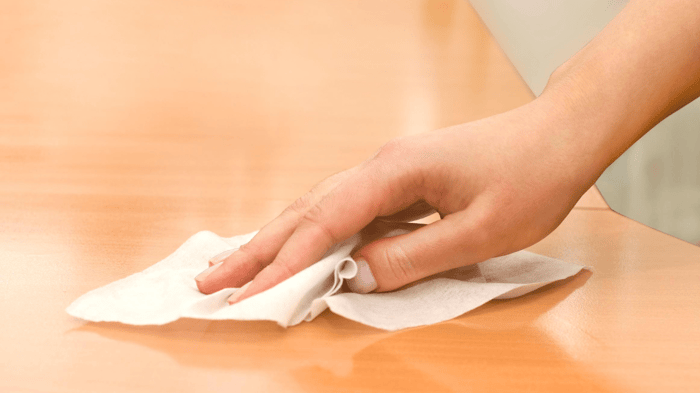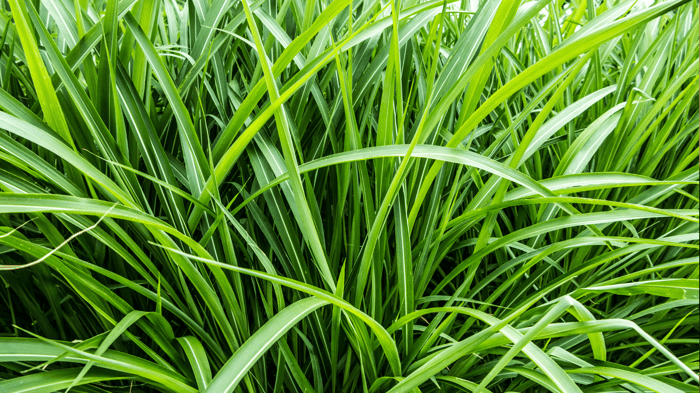
The yoga mat is unquestionably the most intimate piece of workout equipment we use: during the course of a typical yoga practice we spend time with our hands, feet, backs and faces in contact with the mat. So that means it should be clean right? Many of you may not know the significance of essential oils for cleaning yoga mats yet!
Unfortunately, a bit of contact isn’t the only thing we leave behind on the mat, and peace of mind and body isn’t the only thing we take away. We also leave our sweat, dead skin cells, surface bacteria and respiratory droplets on our side of the mat, and when we roll it up those goodies are combined with whatever the other side picked up from the floor.
The cool, dark environment of a rolled-up mat is perfect for bacterial or fungal growth, and when we break it out for the next practice we come into contact with all that built-up grossness. A small study swabbed a communal studio mat, a gym mat, an instructor’s mat and an at-home yogi’s mat and sent the samples in for testing. I wasn’t surprised to learn that the studio mat was the cleanest, given the peer pressure to clean our mats after each class. The other mats, meanwhile, tested positive for staph, yeast or other disease-causing bacteria and fungi, including a fecal indicator. Yuck!
Bacterial growth can also cause yoga mat odors, which can seriously disrupt a yogic state of mind.

So how can we effectively clean our yoga mats? Because it is such an intimate piece of equipment, it’s important to use all-natural, non-toxic ingredients, like essential oils for yoga mat cleanser! Our organic yoga mat spray uses the antiseptic properties of witch hazel and vinegar, together with the aromatherapeutic properties of essential oils, to get the job done.
Make an activity out of finding the best essential oils for yoga mat spray and your ideal essential oil or oil blend: taking the time to find a scent you love will make you more eager to use your DIY cleaner and result in a cleaner mat. Think hard about the qualities you want to cultivate in your practice and match your essential oils to those goals. Lavender, for instance, creates a peaceful environment, while citrus will invigorate your practice.
Remember that this recipe is a starting place, and keep tweaking it to find what’s right for you. Watch out for potential pitfalls by researching the effect of these ingredients on your specific yoga mat (some materials don’t blend well with vinegar, for example) and taking note of changes to your mat after using this spray. A clean mat should be more grippy than a dirty one, but if you find the opposite is true cut back on the amount of oil in your spray.
Have a good practice!



